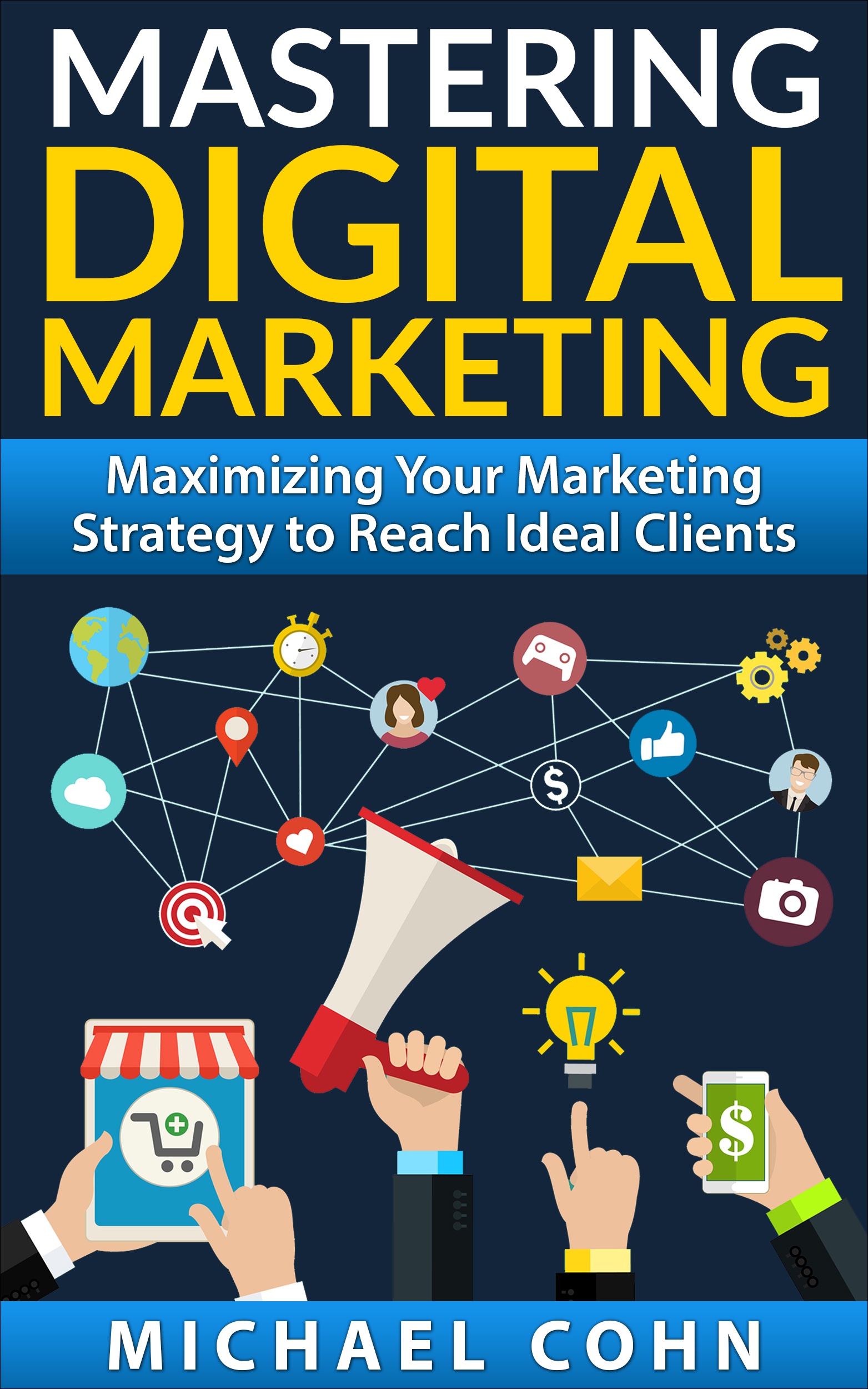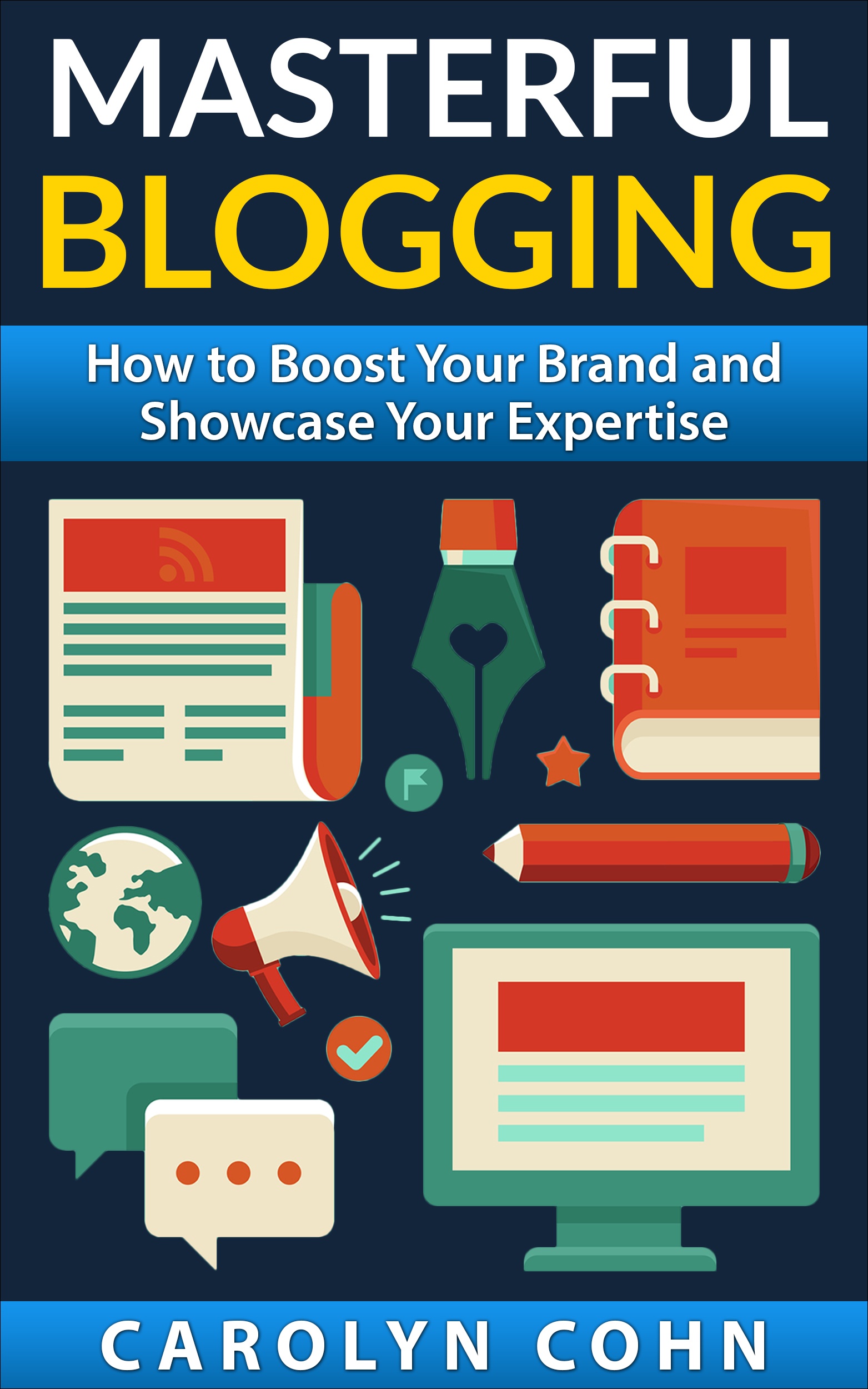Knowing When to Use Gated Content

It is very possible that many people are not familiar with the term “gated” when it comes to content marketing. There are advantages to using gated content under certain circumstances and it is important for you to understand when to use it and when it should not be used.
The definition of gated content
The definition of gated content is that it is content that resides behind a form, any form, which you make available on your website (or some other aspect of your web presence). In other words, it is content that requires an action on the part of your readers. That action could be interacting with you in some way, requesting whatever you are offering, etc. In any case, the result will be that your readers will voluntarily offer up some information about them. They will “opt in.” The typical information that they may supply is a phone number, address, Email address, etc. That information will enable you to start to establish a relationship with that person. Of course, you are probably aware of the fact that without a way to contact your readers, you are finished before you even begin. In a sense, using gated content is absolutely necessary to the success of your business.
What is considered gated content?
The truth is that if you own a business (or even if you work for someone else’s business), you have to market what you are selling. In order to accomplish that, you must create content. Your ultimate goal (and this goes for any and all businesses) is to sell your products and services to other people. Basically, everyone wants the same thing. In fact, the more you sell, the more successful you will be. Why would you not want that. After all, that is ultimately why you are doing this in the first place.
With that in mind, you may be asking (when looking at your own content), what is considered gated content and should you be using gated content more (or at all)? Well, the answer is that more of your content may be gated than you think. Remember, it is the way in which you get your readers to connect with you. Otherwise, you are in a silo and you have absolutely no expectations or understanding that you need other people in order to succeed in business. That is a lot of nonsense, of course. We all need other people.
Some examples of gated content are newsletters, eBooks, webinars, etc. Some examples of ungated content are videos, blog posts, posts on the various social media channels, etc. However, it is important that you understand that there is some crossover with the ungated content. In other words, some of that content can be gated as well. If you think (on a basic level) about your goal when you write and share your marketing content, it is to get other people to pay attention to what you are offering, to connect with you, to build a relationship with you, and to buy something from you in the end. Of course, it goes without saying that you don’t merely want those people to buy from you once. You want them to become loyal customers and keep buying from you. That, of course, is exactly why you are building the relationships that you are building.
The mechanics of gated content
When it comes to the form (behind which your content resides), it is important that you keep it as simple and concise as you can. People generally don’t have the time or the patience to get involved with a long, complex form. If that is what you are offering, chances are very good that those people will abandon your form and look for the information elsewhere. So, the simplest approach is definitely the best approach in this case. You may be surprised at how many people are willing to give you information and allow you to interact with them in some manner. You owe it to them to make it as easy as possible for them to give you the information that you are looking for. It really comes down to a respect issue. With that in mind, your form should have as few fields as possible. Only ask for basic, essential information from them. Information that you feel you cannot do without.
It is important that you keep in your mind (at all times), the understanding that if the other person is willing to download what you are offering, it doesn’t necessarily mean that they will be willing to buy from you. The buying will come later and it will come only after you have built a solid relationship with that person. It will take time and effort to make that happen.
What should you choose, gated or ungated content?
Well, the answer is that only you can decide what works best for your business but it would not be surprising if you end up with a combination of the two. If you don’t use gated content as part of your marketing materials, you will need to find some other way of getting those people to connect with you. A good example of this is blogs. Blogs are considered ungated content; however, every blog should contain some call-to-action, which asks the reader to do something to cause the two of you to interact in some way. It is absolutely necessary.
Conclusion
When it comes to making a decision about whether it is appropriate for you to use gated or ungated content as part of your marketing materials, the easy answer is that you need to include gated content to whatever extent works for your business. The one thing that is sure is that you will need to use gated content to some extent, no matter what. Using gated content is an honest, transparent way to eventually get your readers to buy what you are selling. A combination of the two types of content (in the proportions that are meaningful and appropriate for your business) will contribute to your efforts to bring your business to the next level.
We are pleased to provide you with the insightful comments contained herein. For a complimentary assessment of your online presence, let’s have coffee.



Via LinkedIn Groups
Group: Step Into The Spotlight!
Discussion: How Are You Using Gated Content in Your Lead Generation Strategy?
I wasn’t familiar with the term but I did come across 2 very distinct schools of thought on this issue when I first created my blog. Everyone in the blogosphere was saying there shouldn’t be optins to see content. The gurus I was following in the Internet Marketing world said, don’t worry if they’re not popular, forced optin works.
And I had proof that it worked ’cause Mark Victor Hansen had forced optin on one of his pages before I could get the info I wanted and so I grumbled as I entered my info the result was that I ended up spending big bucks to attend his conference. I didn’t like being forced to opt in but it worked for him and the conference was valuable so in the end it worked for me.
What do the rest of you think of this? At what point do you make a prospect opt in to get your stuff?
By Tsufit